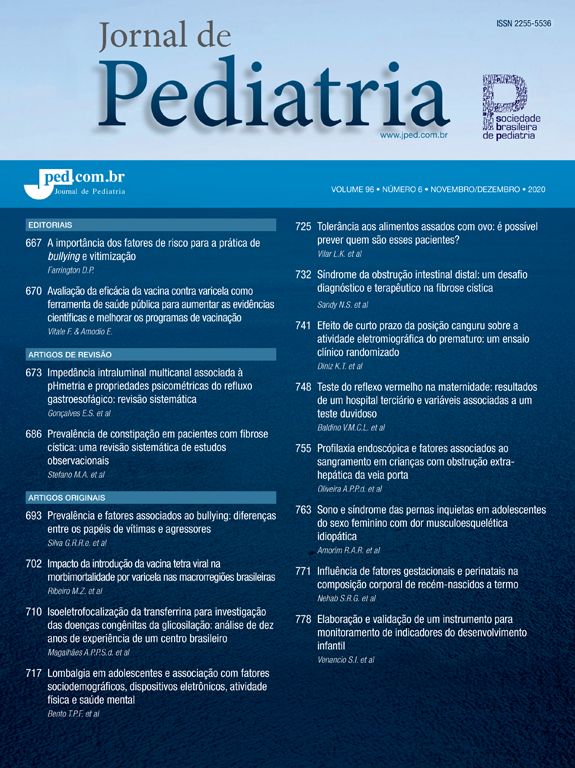Anthropometric measures of 120 female adolescents were analyzed, 60 of them from a low socio-economic level (LSEL), and 60 from a high socio-economic level (HSEL), with 30 obese and 30 non-obese in each group, in an attempt to verify differences between the socio-economic levels in relation to the body-composition and the distribution of fat throughout the body. The weight, height, upper arm circumference and 4 skin folds (triceps, biceps, subscapular and suprailiac) were measured, and the arm muscle area, arm fat area and percentage of body fat were estimated. Those who were obese from LSEL presented an average height lower (p<0.05) than the obese from HSEL, and a greater proportion of this group presented a height deficit for their age. The arm muscle area was greater (p<0.05) in the obese from HSEL, but the percentage of body fat was similar in the two groups as well as the measures of the isolated skin folds. The increase in fat in the obese from LSEL, when compared with the non-obese, was 2.8 times greater than the muscle. In the HSEL, this increase was 1.3 times greater. It was concluded that the obese from both socio-economic levels presented different types of obesity in relation to bodycomposition, but were similar in relation to body fat distribution.
O fator de impacto mede o número médio de citações recebidas em um ano por trabalhos publicados na revista durante os dois anos anteriores.
© Clarivate Analytics, Journal Citation Reports 2025
O CiteScore mede as citações médias recebidas por documento publicado. Mais informação
Ver maisSJR é uma métrica de prestígio baseada na idéia de que todas as citações não são iguais. SJR utiliza um algoritmo similar ao page rank do Google; é uma medida quantitativa e qualitativa ao impacto de uma publicação.
Ver maisSNIP permite comparar o impacto de revistas de diferentes campos temáticos, corrigindo as diferenças na probabilidade de ser citado que existe entre revistas de distintas matérias.
Ver mais







